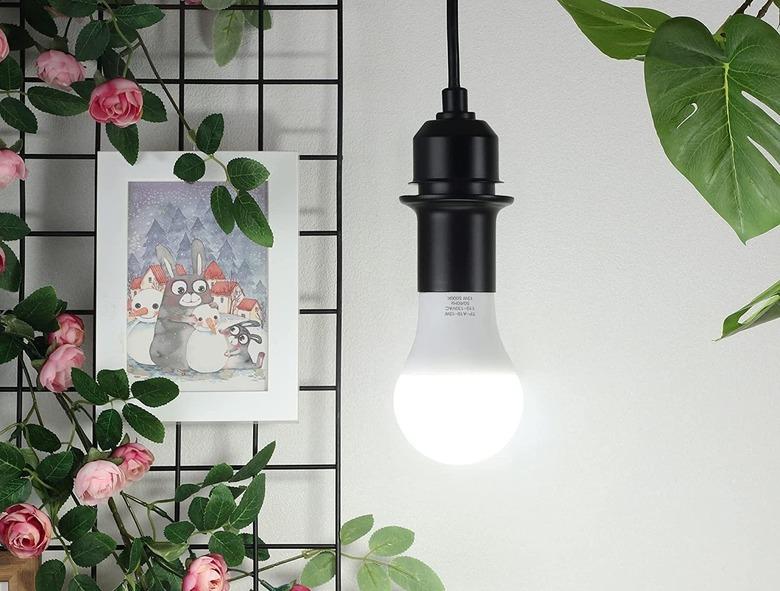What Is An E26 Lightbulb Socket?
Though lightbulb sockets come in a variety of sizes, their names can be confusing since they're often just a combination of letters and numbers. The E26 socket is one example. By name, it doesn't sound like much, but in reality, it's your everyday, standard household lightbulb socket used in most table and floor lamps, as well as some pendant lights and ceiling fixtures. The E26 designation indicates which type of lightbulb base fits into the socket.
E26 Name Explained
It may sound a bit like gibberish, but there is meaning behind the E26 name given to particular lightbulb bases and sockets. The E (or occasionally ES) stands for Edison screw, as in a screw-in type of lightbulb base first designed by Thomas Edison and widely adapted afterward. The number 26 is the diameter in millimeters of the actual lightbulb base.
Though E26 suits the most common lightbulb size and shape, the name does not indicate that the bulb part has that classic lightbulb shape. The bulb itself could be any shape, theoretically. If you are looking for that classic upside-down-pear-shaped bulb, that particular shape and style is called A19, and you'll probably still see the E26 designation somewhere on the package if the bulb has that size base. Manufacturers make a point to list this universal terminology somewhere on the packaging to make it easier for anyone to buy the right replacement bulbs for their homes.
E26 also doesn't mean the bulb is an old-school incandescent lightbulb. The E26 designation also goes for any compact fluorescent, or CFL, bulb that uses this size base, as well as LED bulbs that utilize the E26 base size.
E26, by Other Names
Though most manufacturers list E26 somewhere within the packaging or product literature for any bulb using this type and size of base, that's not always the case. Some use the term MES, which stands for Medium Edison Screw. When shopping for a socket specifically, the socket may be called a medium socket or a standard medium screw socket. Also look for UL-listed sockets, noted by the UL circle symbol on the socket, as this means the product has been thoroughly tested by Underwriters Laboratories and meets industry standards.
In some cases, the E26 socket also works for E27 lightbulbs, commonly used in some European countries. Though they may fit, it's best to consult the packaging and buy only a trusted brand if intermixing E26 and E27 products, to ensure safety.
